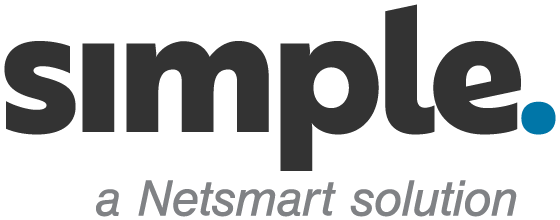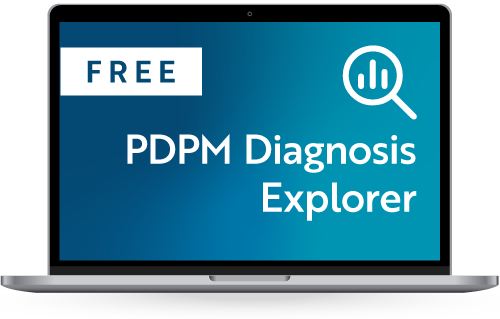We’re pleased to announce some important new functionality that will give you a significant edge when meeting QRP reporting requirements.
The new real-time QRP analytics in SimpleAnalyzer™ will help you proactively identify facilities that are at risk of failing QRP reporting requirements, as well as the residents and specific MDS assessments causing the issue.
Note: You can’t get this in-depth QRP data anywhere else or from any CMS report.
QRP background
CMS has created the Quality Reporting Program (QRP) based on requirements of the 2014 IMPACT Act. QRP is designed to improve quality outcomes by requiring uniform data reporting across post-acute providers for three quality measures:
- % of patients experiencing a fall with major injury
- % with new or worsening pressure ulcers
- % with an admission and discharge functional assessment, and a care plan that addresses function
To meet QRP reporting requirements, at least 80% of MDS assessments submitted must contain all data necessary to calculate these three measures. Beginning next year, any SNF that does not comply will suffer a 2% reduction in Medicare payment rates.
How SimpleAnalyzer™ gives you an edge
With the new real-time QRP analytics, you can quickly see which of your facilities are at risk of being penalized for incomplete QRP reporting. The QRP view within SimpleAnalyzer™ will clearly show you:
- “Flagging” facilities – those that fall below the 80% QRP passing rate
- “Warning” facilities – those that fall between 80-90% QRP passing rate and are at risk of failing QRP requirements
- Specific deadlines for modifying each MDS assessment
- Quarterly timeframe in question
- QRP passing percentage for all your facilities
Armed with that information, you can then drill down to see the specific facilities, residents and exact MDS assessments that fail to satisfy QRP requirements. You’ll see the exact reason each assessment has failed, along with the deadline for correction. Then you can correct MDS assessments as needed to quickly improve the QRP outcomes for any at-risk facilities.
Watch the brief video above [4:45] for a quick walk-through of this powerful new functionality. If you have questions, feel free to contact our Support Team.



